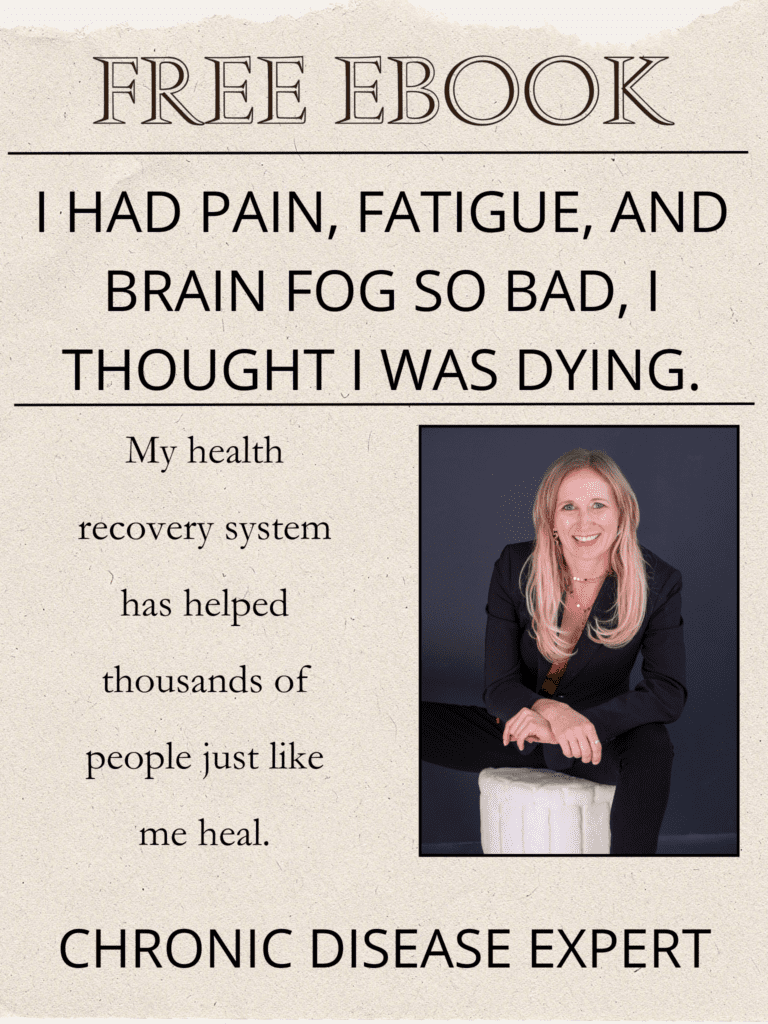

Written by Dr. Diane Mueller Test for black mold, also known as Stachybotrys chartarum, is a type of toxic mold that can pose serious health risks if left undetected and untreated in your home. The presence of black mold can lead to respiratory issues, allergies, and other health problems. Therefore, it is crucial to be proactive in identifying and testing for black mold in your living environment.
In this article, we will explore effective testing methods, including the HERTSMI and ERMI tests, to help you ensure a safe and healthy home for you and your loved ones. It is important to realize that black mold is only one of many types of molds that are toxic to the human body. Therefore, you do not want to only test for black mold, but for other molds as well.
We have helped thousands of people restore their health and quality of life by diagnosing and treating their Mold Illness
In this interview with Brian Karr, from “We Inspect”, we talk about a lot of the problems that are common with mold inspectors you find online. Often mold inspectors just compare outdoor and indoor molds. This methodology does not consider many problems. One of these problems is that much of black mold as well as other molds are heavy and fall out of the air and end up in your dust. The other HUGE problem with standard mold inspectors is that they do not test for problems behind the wall, which is often where mold hides.
1. Understanding HERTSMI Testing: The HERTSMI (Home Environmental Relative Moldiness Index) test is a widely recognized method for assessing the mold contamination levels in a specific area. This test primarily focuses on five types of molds, including Stachybotrys chartarum (black mold), Aspergillus penicillioides, Aspergillus versicolor, Chaetomium globosum, and Wallemia Sebi.
By analyzing the concentrations of these molds, the HERTSMI test provides a clear picture of potential mold-related risks within your home. The problem with this test is that it is narrow in what it tests for. Since it only tests for a few molds, it may miss some of the problematic molds. This is why we typically recommend you start with the test below, the ERMI, as it provides a much more thorough understanding of mold.
2. Introducing ERMI Testing: The ERMI (Environmental Relative Moldiness Index) test is a more comprehensive method that examines a broader spectrum of molds in your environment. It assesses the presence of 36 different molds, including those targeted in the HERTSMI test. The ERMI test involves collecting dust samples from various areas of your home and analyzing them for mold DNA. This analysis provides a detailed insight into the overall mold contamination levels and helps identify specific types of molds present.
3. Conducting Mold Testing: To perform mold testing using either the HERTSMI or ERMI method, you can seek professional assistance from certified mold inspectors or utilize DIY testing kits available on the market. DIY kits typically involve collecting samples using adhesive tapes or swabs and sending them to a laboratory for analysis. These DIY kits can be provided by several companies. We like the company, Envirobiomics.
4. Interpreting Test Results: Once you receive the test results, it's essential to understand the findings. If elevated levels of Stachybotrys chartarum or other concerning molds are detected, it indicates a potential mold issue that requires immediate attention. Consult with a mold remediation specialist to develop an effective plan for removing the mold and addressing any underlying moisture problems.
It is also important to realize that not all mold remediators know what they are doing. Often times their job is just to find something. Their job is not typically oriented to the biological impacts of mold illness on the human body. It is essential to be an advocate for yourself as mold gets missed a lot.
I cannot even begin to count the number of times someone who is sick from mold illness struggles to get well because they are still in mold. Headaches, migraines, pain, chronic fatigue syndrome and more can all be related to hidden sources of mold. If mold is the cause of these things and you find and remove it effectively, you should start to feel somewhat better quickly. If you do not, it is almost always a sign that the inspector and remediator did not get to the root of all the mold. I really cannot even express how much I see this happens in my patient population. Dealing with mold in the house can be a costly thing. However, seeing that mold for some people can lead to dementia or other major neurological conditions, investing to truly get the mold out of your house is one of the smartest things you can do!
It is also necessary to mention that Lyme Disease and mold illness cause very similar symptoms. Many times, people have Lyme Disease in addition to mold illness. To learn more about how we work with all these conditions book a call with us or check out our group program!
We have helped thousands of
people restore their health
and quality of life by diagnosing
and treating their Lyme Disease.
“Dr. Mueller’s approach to medicine is refreshing! There is only so much you can do with western medicine and in my life I was needing a new approach. By addressing the whole body, nutritional diet factors, environmental factors, blood work, and incorporating ideas I had not previously known, I was able to break through with my conditions. I am not only experiencing less pain in my life, but through the process of healing guided by Dr. Diane Mueller, I am now happy to say I have more consciousness surrounding how I eat, what to eat and when things are appropriate. Living by example Dr. Mueller has a vibrancy that makes you want to learn and know more about your body and overall health. I highly recommend her to anyone looking for new answers, a new approach to health, or in need of freedom from pain and limitations.”
-Storie S.
Kihei, HI
